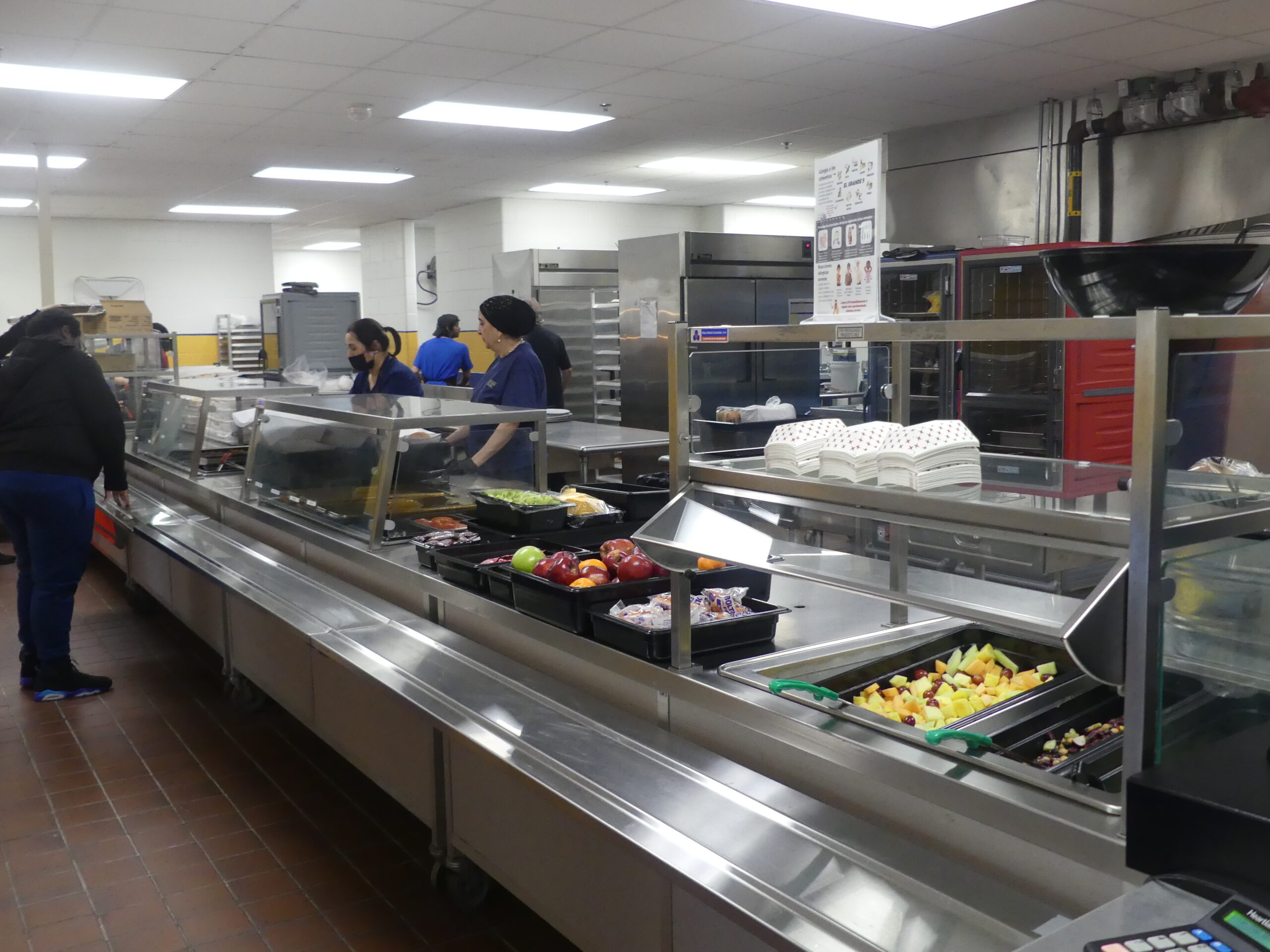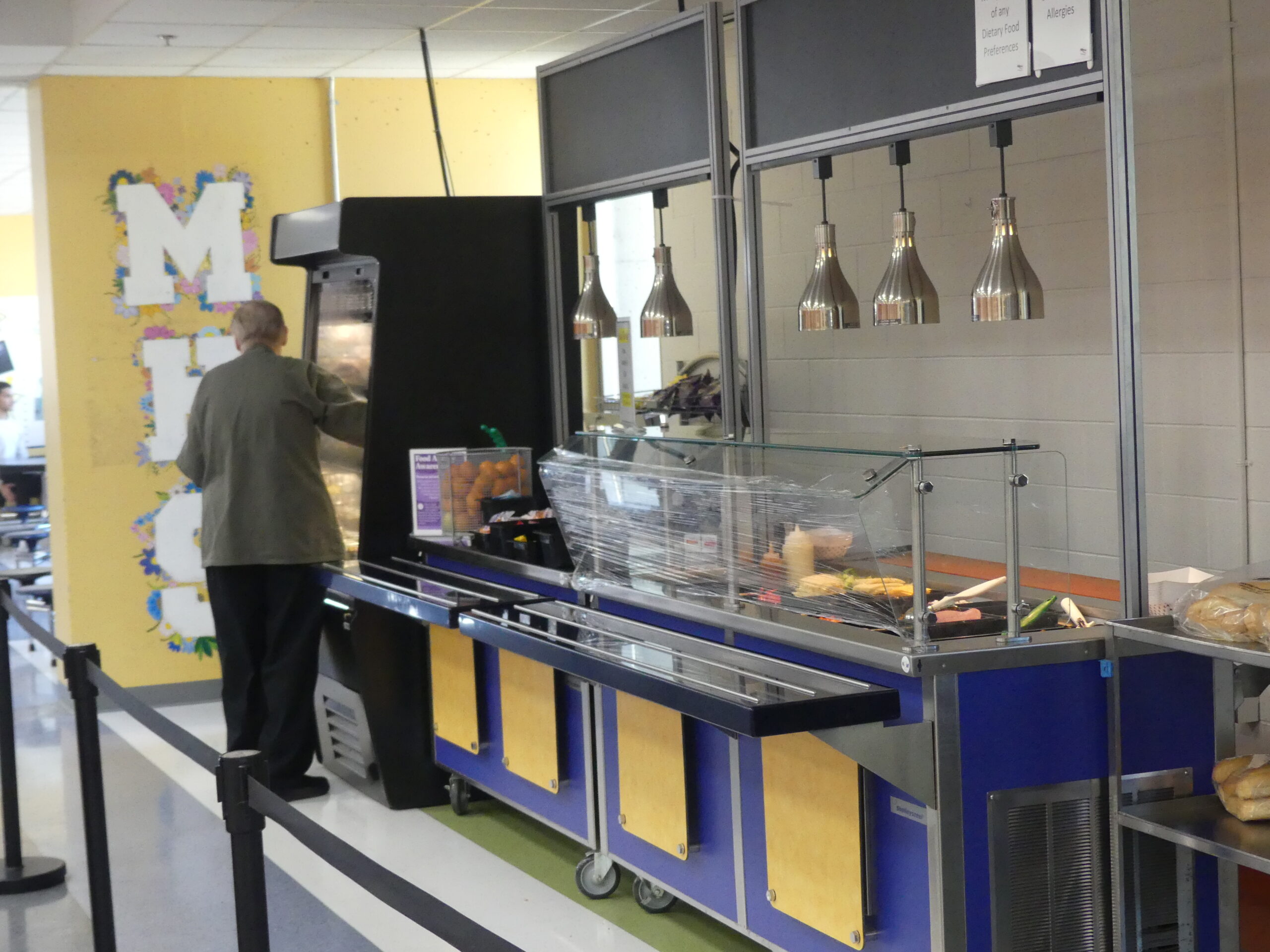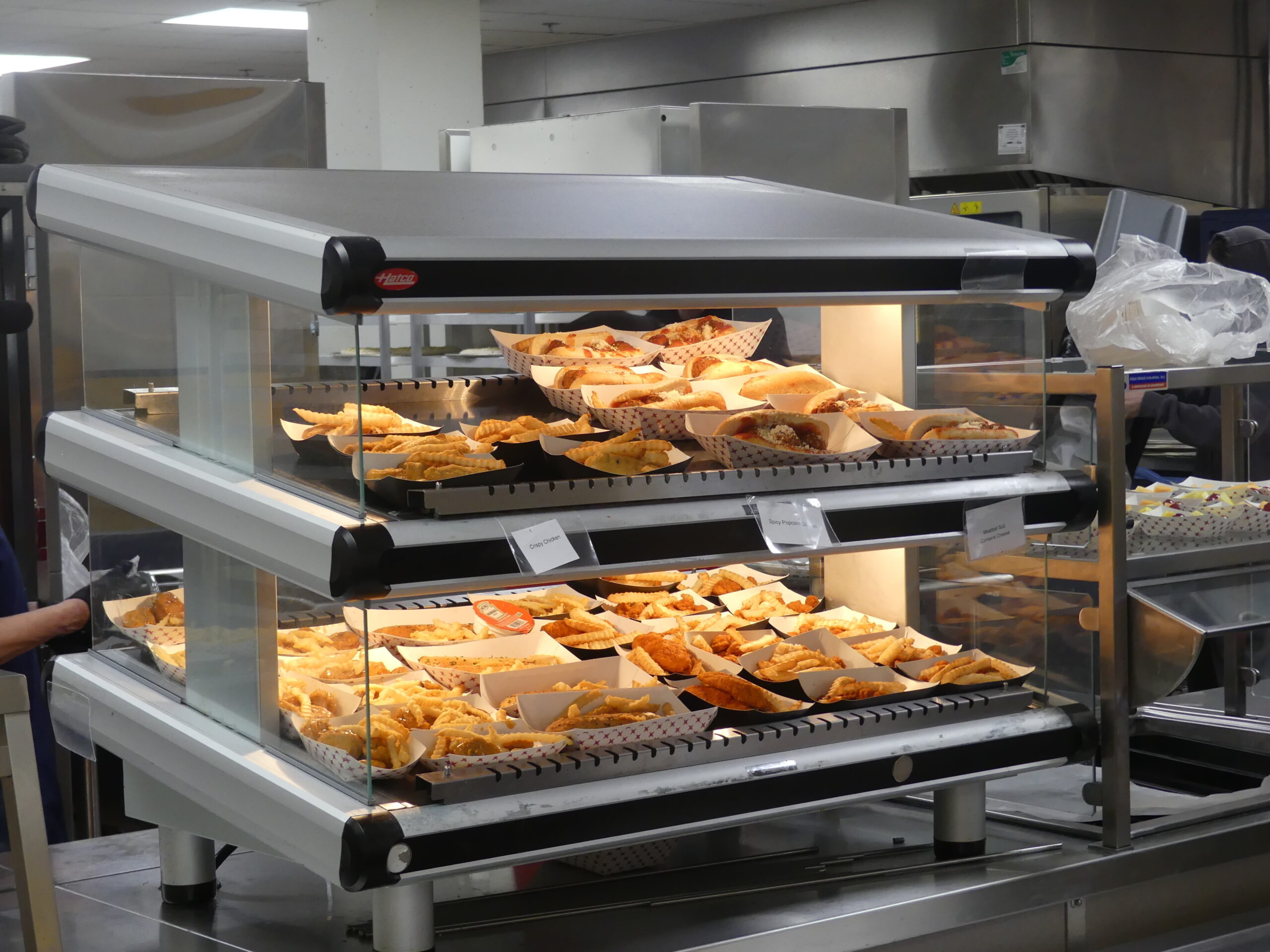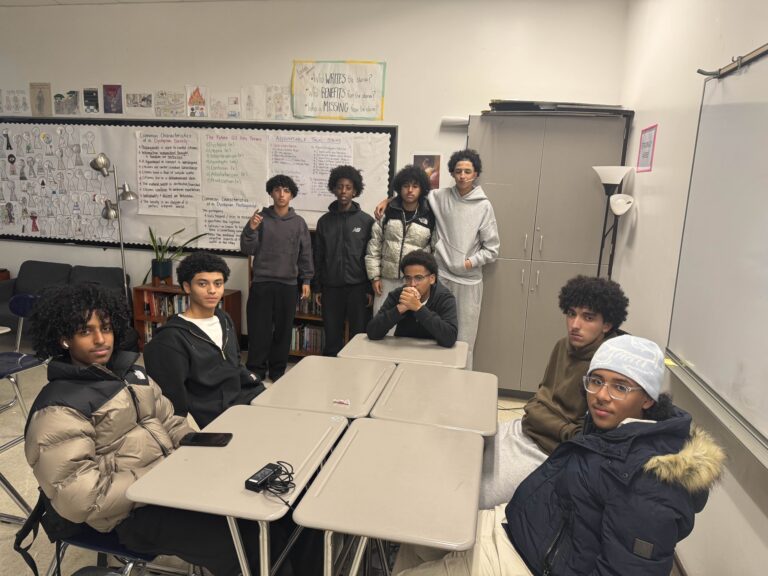
Over the years, the quality of school meals has been repeatedly reformed across the United States, emphasizing student health and food taste. School meals are now free in eight states, including Massachusetts, helping many save time and money; however, some remain skeptical about what, how, and why.
The National School Lunch Program (NSLP) is a government-funded initiative in public and private schools that provides children with free, nutritionally balanced lunches. Established by President Harry Truman under the National School Lunch Act in 1946, this program aims to ensure that students receive healthy meals during the school day.

In 1996, Massachusetts Education Commissioner Robert V. Antonucci announced that families struggling to afford breakfast or lunch at school could now apply for free or low-cost meals. This initiative is made possible by a “Millionaires Tax”, which generates around a billion dollars in revenue through the extra 4% income tax on certain high earners in the state.
These sacrifices are considered necessary, as healthy dietary habits are directly linked to higher academic scores, according to a 2019 National Youth Risk Behavior Survey (YRBS). Nearly 200,000 children, or about one in eight children, struggle with hunger in Massachusetts alone.
To maximize the health of school meals, it often feels like you have to sacrifice taste. In 2010, President Obama signed the Healthy Hunger-Free Kids Act, which required schools to serve more fruits, vegetables, whole grains, and low-fat milk. Students from previous years often complained about the reform, with many still nostalgically recalling when strawberry milk was a popular option. These changes are still common today, with the more recent removal of chocolate milk.
Compared to the past, school lunches are much healthier; however, significant progress is still to be made. Common unhealthy ingredients in present-day school meals include high-fructose corn syrup, enriched wheat flour, hydrogenated oils, artificial flavors and colors, preservatives, soybean and vegetable oils, excessive added sugars, and high-sodium additives.







